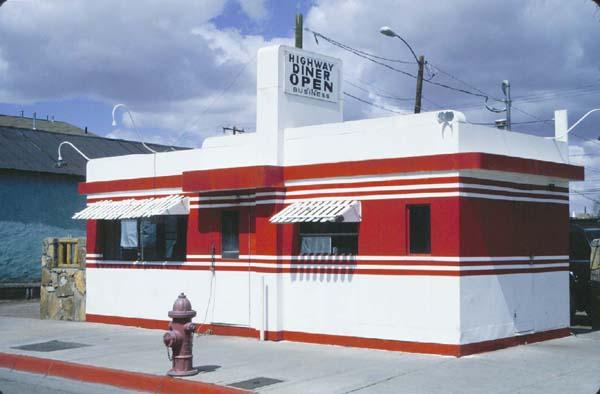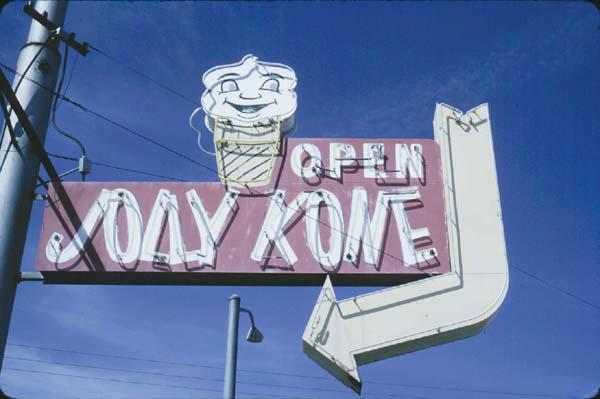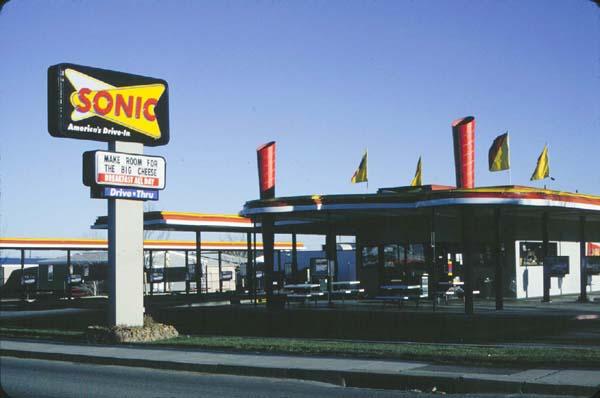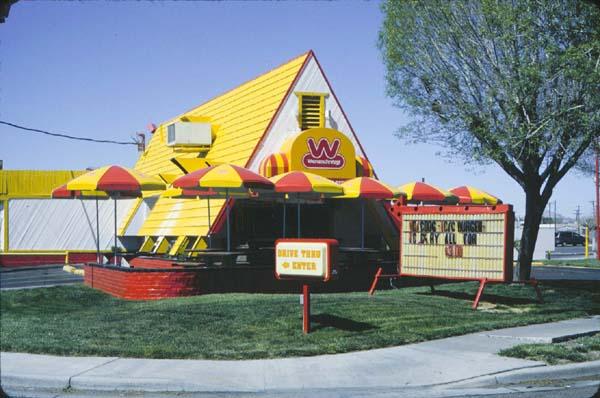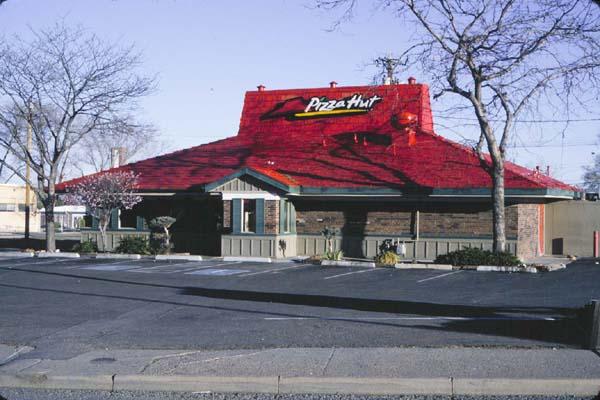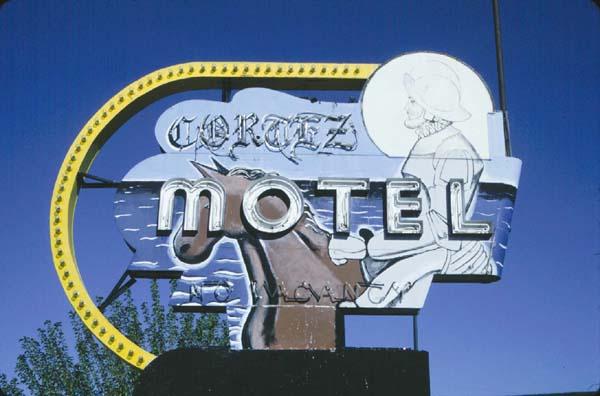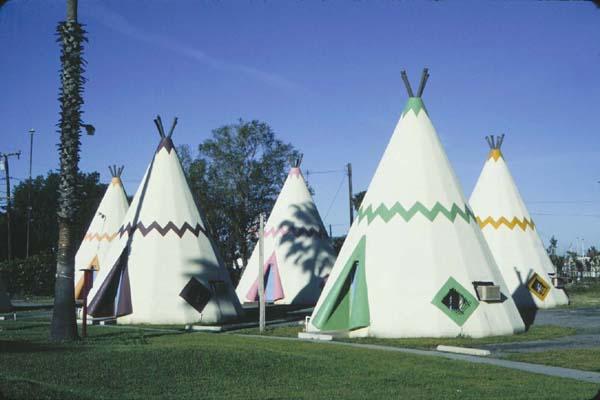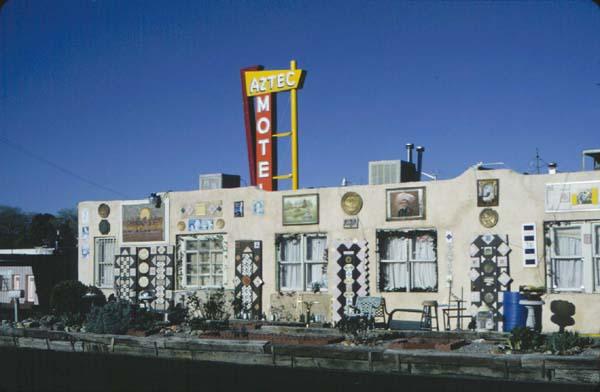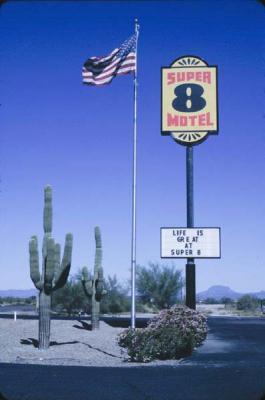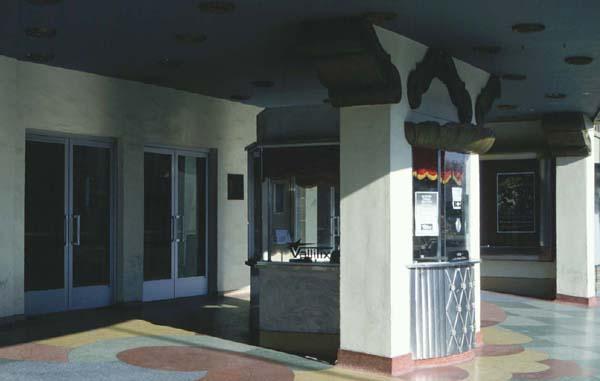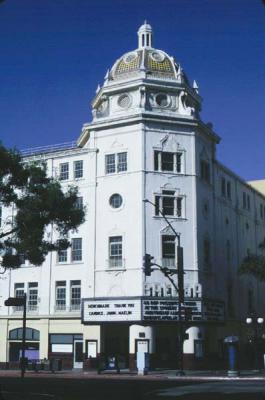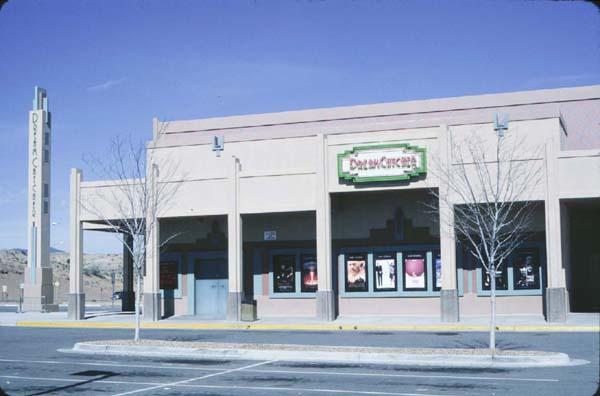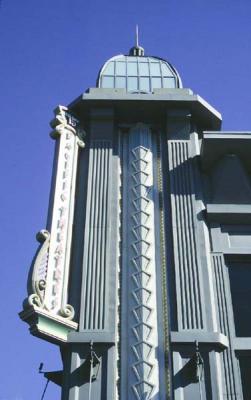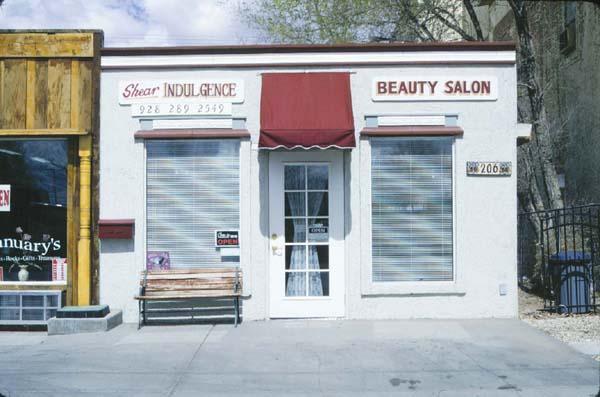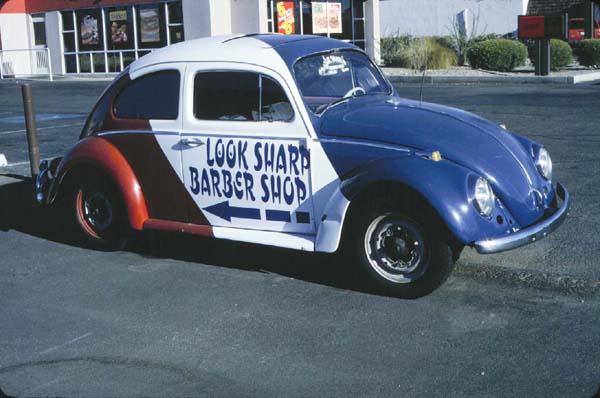On The Americana Road Again
As a photographer and writer I have spent nearly 30 years crisscrossing the continental United States in search of unique and typical examples of roadside and Main Street architecture and design. In traveling over 100,000 miles in a long series of marathon automobile trips, I have taken some 100,000 photographs of about 15,000 older buildings, signs, storefronts, and other commercial and civic structures. My 2003 Alicia Patterson Foundation Fellowship is allowing me to hit the road again in a series of four research trips in several regions of the USA to revisit many places I have not seen for decades. My objectives in these journeys are threefold: to see how places have changed; to record what remains of this individualistic "mom-and-pop" tradition in American commerce and how places I have previously photographed have evolved; and to make a record of the new omnipresent business chains which have homogenized the environment of America. This first report shows some of what I found in my first trip through the Southwest in over 3000 miles in 17 days. The Lone Ranger rides again.
